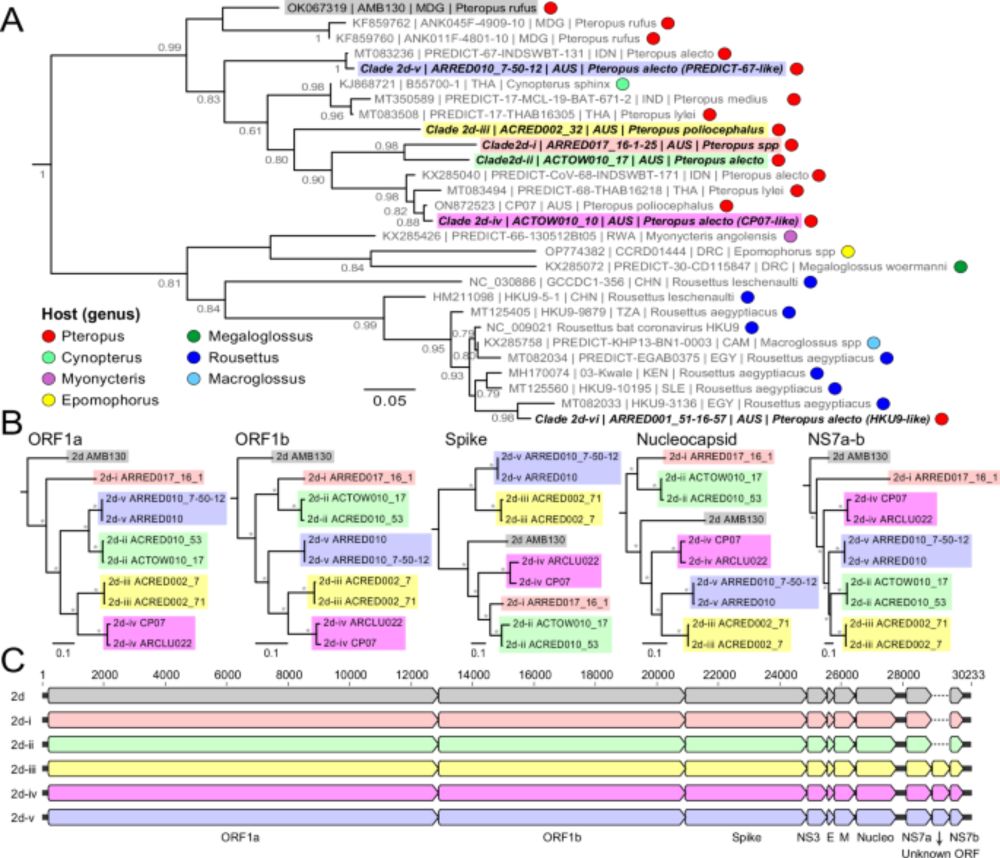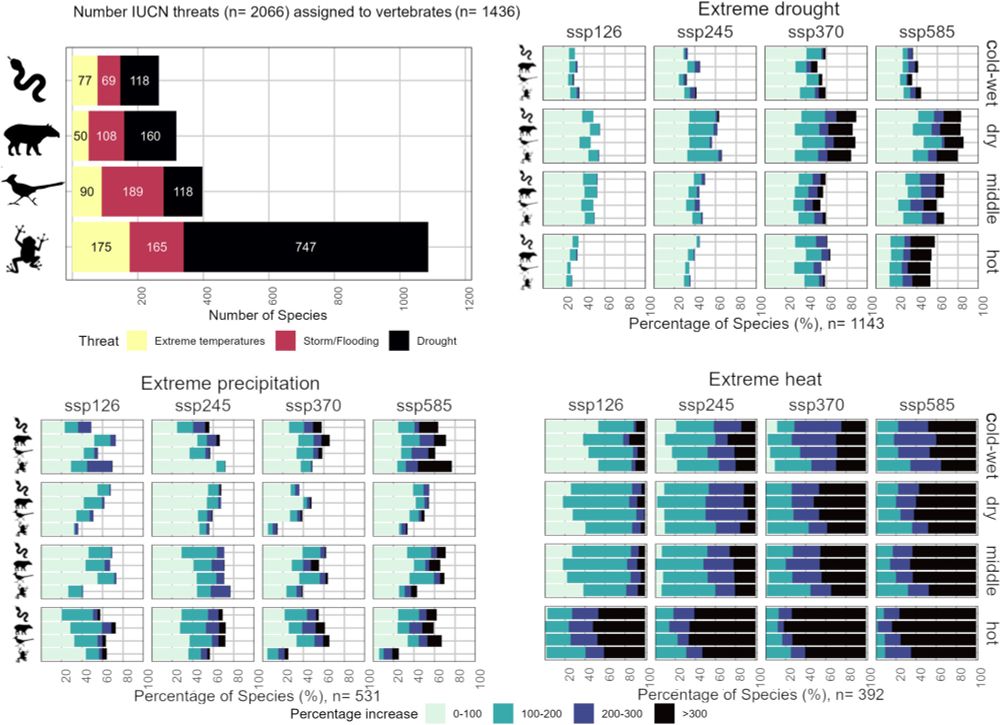
close-up image of bat (Molossus nigricans) head area. Credit: Brock Fenton and Sherri Fenton.
just in time for #batweek --Phylogenetic and ML analyses show that viral epidemic potential is not uniform among bats: virulence, transmissibility, and death burden cluster within distinct clades.🦇@carolinecummings.bsky.social @colincarlson.bsky.social @viralemergence.org go.sn.pub/acnbg1
30.10.2025 14:54 — 👍 26 🔁 10 💬 3 📌 2
Super excited to finally share this! #CollectionsAreEssential
22.09.2025 19:50 — 👍 16 🔁 8 💬 0 📌 0

"Health losses attributed to anthropogenic climate change," a brief communication in the journal Nature Climate Change. There's a map showing regions of the world, and pie charts of relevant studies as they apply to different health impacts like "heat-related deaths" and "maternal and child health"
🚨 NEW: Climate change is already causing 30,000 deaths per year - a global annual economic loss of $100-350B USD - but the true damage is probably 10x higher. Out TODAY in Nature Climate Change: the first systematic look at the science of "health impact attribution" 🔓 www.nature.com/articles/s41...
17.09.2025 11:57 — 👍 874 🔁 503 💬 21 📌 36

Opinion | One Way the Earthbound Can Take Flight
A few words about purple martins—how to help them, how to help all migratory birds, how to help birds that don’t migrate—in this week’s essay. Gift link via @nytopinion: www.nytimes.com/2025/09/01/o...
01.09.2025 17:39 — 👍 49 🔁 14 💬 2 📌 0

Be sure to check out what a few of the ICB co authors of
Understanding #climate change threats to vertebrate #wildlife by studying #ecoimmunology across #biological scales
doi.org/10.1093/icb/...
are up to
Fagre
www.annafagre.com
Becker & Simonis
beckerlab.weebly.com
28.08.2025 11:35 — 👍 4 🔁 2 💬 1 📌 0

Figure 1. Coinfection and immune compromise in African lions (Panthera leo) under climate stress and increased abundance of hematophagous arthropods. Extreme drought conditions followed by heavy rainfall triggered the starvation and heavy tick infestation in herbivores, such as Cape buffalo (Syncerus cafferi). As African lions preyed on the herbivores, the ixodid ticks likely switched hosts and began feeding on the lions. Underlying immunosuppression, fueled by climatic conditions and ongoing canine distemper virus (CDV) circulation, exacerbated the clinical impacts of tick-acquired babesiosis
ICB
Understand more about how #climate change threatens #organismal health and #ecological stability in a myriad of ways -
read :
Understanding #climatechange threats to #vertebrate #wildlife by studying #ecoimmunology across biological scales
Fagre et al
doi.org/10.1093/icb/...
29.08.2025 11:58 — 👍 2 🔁 2 💬 0 📌 0
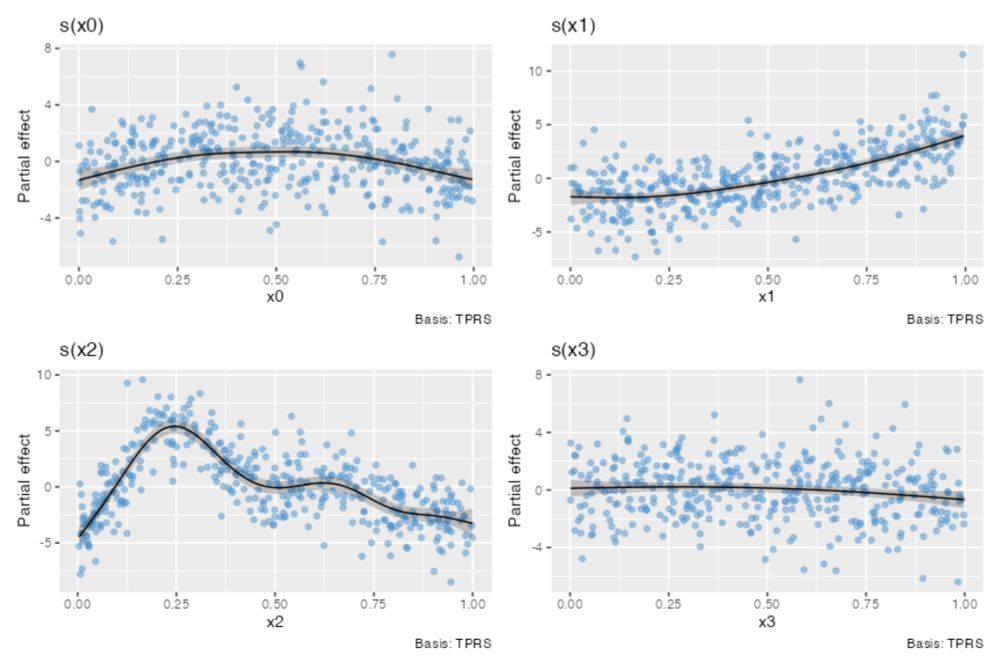
An R package for working with generalized additive models
Graceful 'ggplot'-based graphics and utility functions for working with generalized additive models (GAMs) fitted using the 'mgcv' package.
🚀 gratia 0.11.0 is out!
Now has a paper in JOSS — please cite 📄 doi.org/10.21105/jos...
Experimental parallel processing ⚡
New assemble() for building plots 🎨
Better support for complex families + new diagnostics 🧪
Lots of bug fixes + polish ✨
👉 gavinsimpson.github.io/gratia/
#Rstats
18.08.2025 18:32 — 👍 188 🔁 65 💬 3 📌 1
Hey wild immunologists of blue sky… do you work on a non-model taxa???
Would you have 15 min to spare to zoom in and share your research with my comparative immunology class?
I’m looking to spotlight real research this semester. Please spread the word and reach out if you’re interested!
13.08.2025 18:03 — 👍 6 🔁 11 💬 0 📌 1
Are you an early-career biologist or ecologist who would benefit from an invited seminar? Would you like to come to UMaine next fall or spring to give a talk? Leave a brief comment with some info about what you do. I'm co-hosting our seminar series again, and am filling out our rosters.
30.07.2025 19:37 — 👍 229 🔁 174 💬 53 📌 7
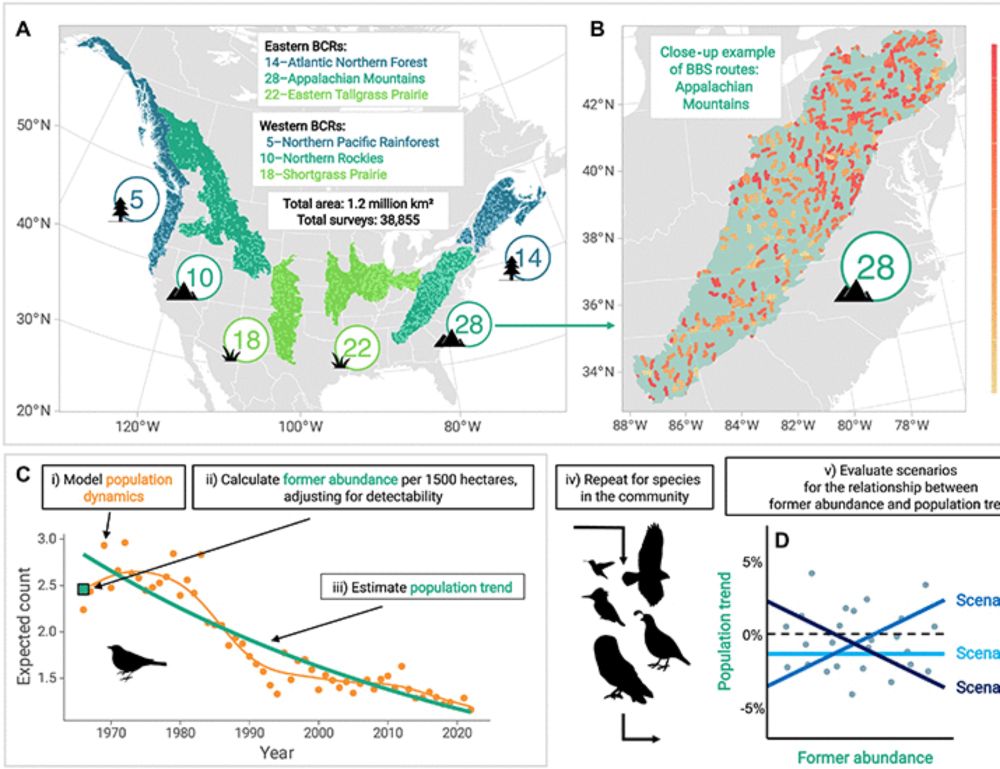
North American bird declines are driven by reductions in common species
Declines in North American birds are driven not by rare species vanishing but by sharp losses among formerly common species.
🚨 First PhD chapter is out! My work thus far, with @andy2dobson.bsky.social
We found that formerly common species have declined the fastest, on average.
📄 North American bird declines are driven by reductions in common species | Science Advances www.science.org/doi/10.1126/...
31.07.2025 03:18 — 👍 164 🔁 87 💬 3 📌 3

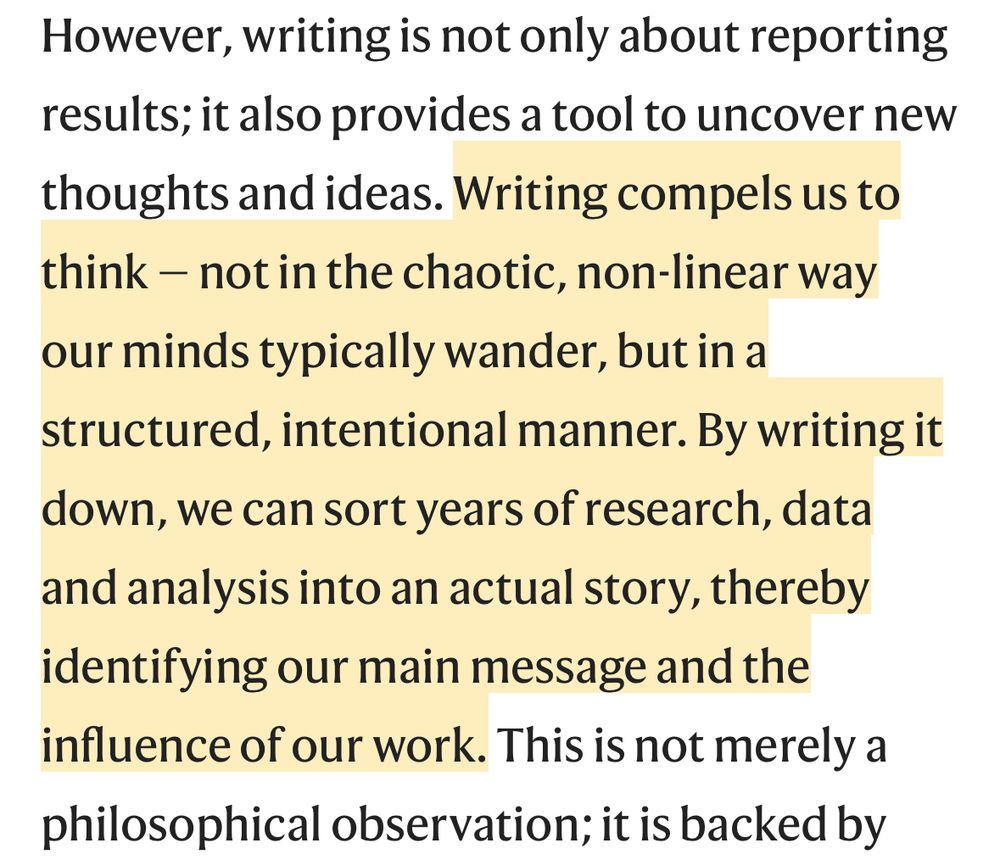
Everyone working in a STEM field should read this - ‘writing is thinking’
www.nature.com/articles/s44...
23.07.2025 18:07 — 👍 121 🔁 39 💬 4 📌 5


The 2025 Bat Infectious Disease meeting is now on. Looking forward to several excellent talks, along with talks by Rita and Victoria from my lab. #BatID
Thanks to Dr. Cara Brook and her lab for organizing and hosting us!
10.07.2025 13:20 — 👍 16 🔁 5 💬 1 📌 2
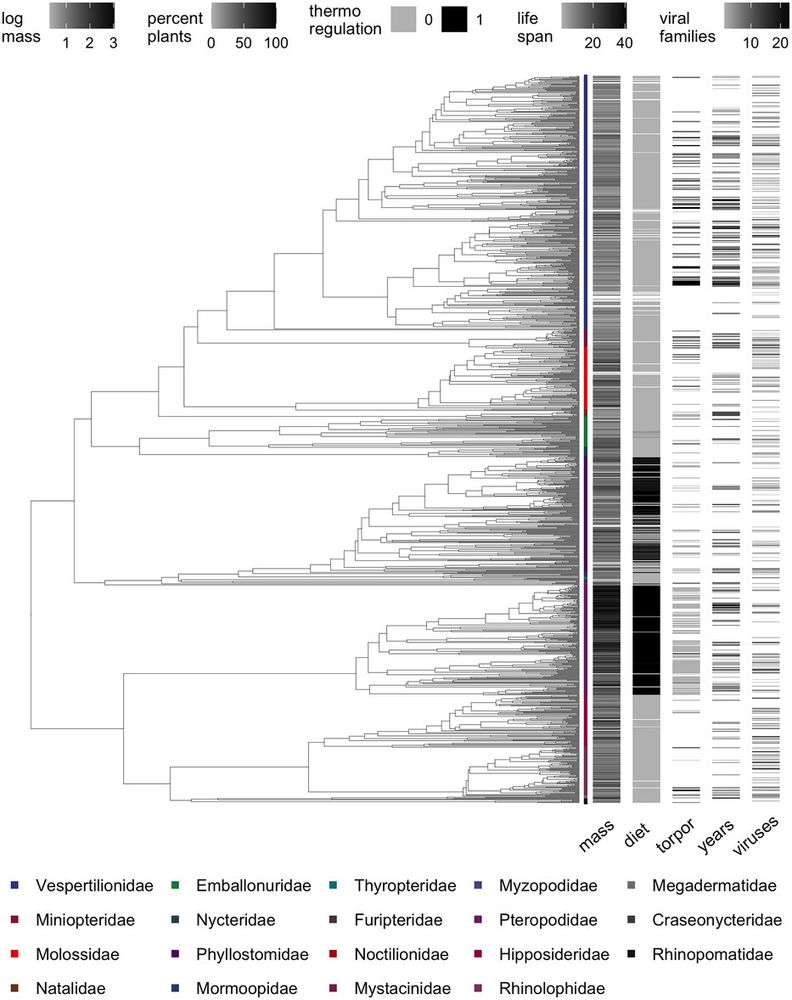
NYAS Publications
Bats are recognized to have distinct immune systems from other vertebrates that may allow them to host virulent pathogens without showing disease. However, these flying mammals are also incredibly di...
🚨 New publication out today. Bats are over 1480 species. In this latest article, we discuss the diversity within bats and their immune systems. Elegantly led by the Becker and Frank laboratories.
nyaspubs.onlinelibrary.wiley.com/doi/10.1111/...
@danjbecker.bsky.social @bat-lady.bsky.social
03.07.2025 13:06 — 👍 23 🔁 10 💬 0 📌 1
Infectious Disease Modelling starter pack update! Many more modellers have joined Bluesky recently so this update is overdue. Pls keep on sending suggestions! (bio should contain experience relevant for this pack)
IDModelling pack 1: go.bsky.app/86Ao1a5
IDModelling pack 2 : go.bsky.app/2oBB7KX
01.07.2025 08:56 — 👍 40 🔁 22 💬 4 📌 1

Biodiversity science and biosurveillance are fellow travelers
The failure to meet the Aichi targets to alleviate global biodiversity decline (Nature 2020) was a wake-up call to the biodiversity monitoring community (T
🦠🌿🐦🧪 How can biodiversity monitoring help global efforts in disease surveillance?
With ✨ fantastic ✨ colleagues from @viralemergence.org and the @geobon.org working group on One Health, we try to identify three key lessons for the future.
🧵 A short thread!
academic.oup.com/bioscience/a...
30.06.2025 13:07 — 👍 34 🔁 21 💬 1 📌 1
EEID Forum – Connecting people working on host-parasite interactions in natural and human systems
We created an initial webpage at EEIDforum.org. We're in beta testing phase, but there is a job board with a few postings, feel free to put up your own EEID related job ads there.
23.06.2025 22:31 — 👍 5 🔁 3 💬 0 📌 0
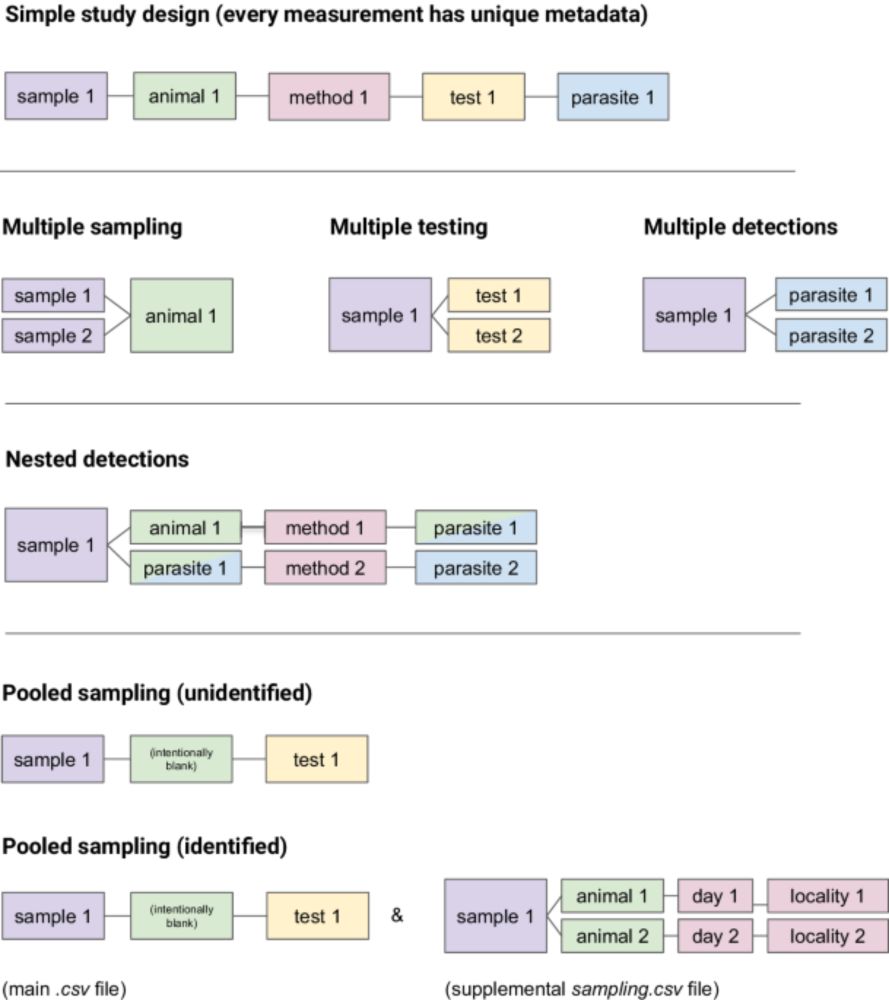
A minimum data standard for wildlife disease research and surveillance - Scientific Data
Scientific Data - A minimum data standard for wildlife disease research and surveillance
Do you study wildlife disease? Don't just share your sequences - share your testing data! We've developed a minimum data standard and an R package to help you, and wrote a little how-to-share-data handbook for disease ecology and One Health surveillance projects 🦇🦟🦠🗺️🔢
www.nature.com/articles/s41...
23.06.2025 16:42 — 👍 47 🔁 25 💬 0 📌 4
📝 EDITORS and BOARD MEMBERS in the One Health / virology / disease ecology world: We'd love to work with you to incorporate the WDDS standard into your journal's data sharing requirements for wildlife disease studies. It's simple, flexible, and what your authors should already be doing.
21.06.2025 15:32 — 👍 7 🔁 2 💬 1 📌 0

Pharos
Building a global atlas of wildlife disease data
This project started with pharos.viralemergence.org, which is a global dashboard for wildlife disease research and surveillance. We're still working on improving the PHAROS interface, so in the meantime, we wanted to put tools out there, so every researcher can put their data *somewhere.*
21.06.2025 15:20 — 👍 7 🔁 1 💬 1 📌 0
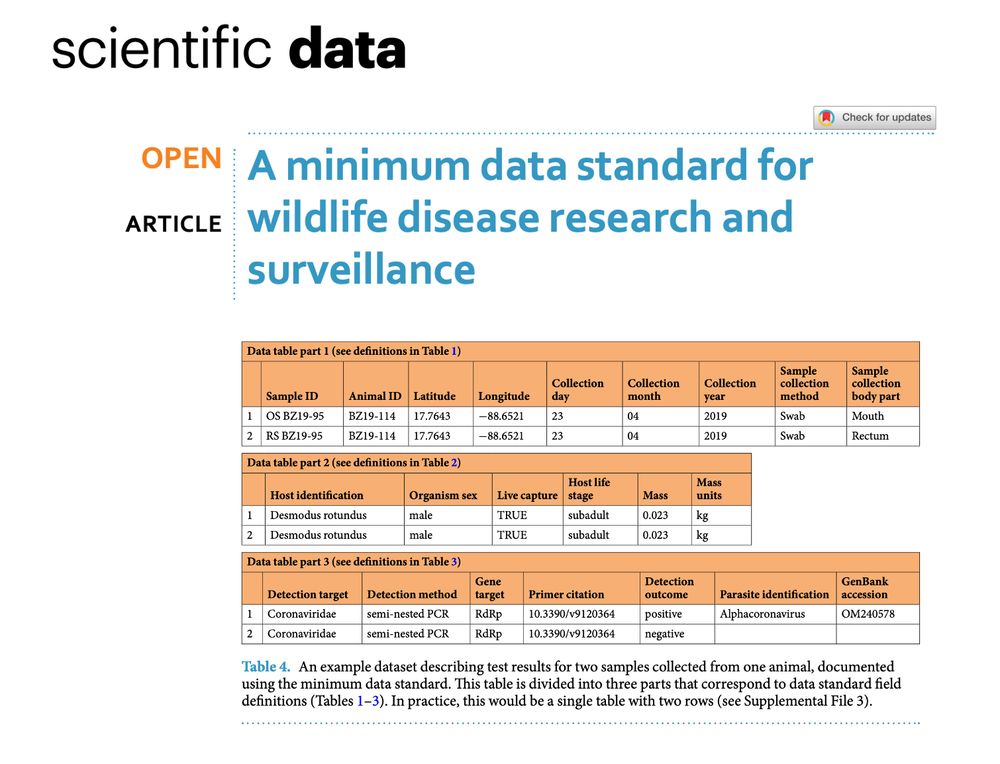
The title of the paper: "A minimum data standard for wildlife disease research and surveillance" - and an example data table
NEW! 🎉 We need wildlife disease surveillance to predict epidemics, but data sharing is rare - we found that only 2-3% of studies share raw data. So, we spent three years developing a data standard and R package to help get wildlife disease data into FAIR repositories. www.nature.com/articles/s41...
21.06.2025 15:17 — 👍 130 🔁 49 💬 3 📌 4
We are hiring a technician in the Simonis Lab at Auburn U! This is a two-year position with responsibilities for scouting and performing bat capture surveys at field sites (e.g. private and public lands, highway culverts).
Check out more details and submit materials here: forms.gle/tEUNyRc1hG3f...
17.06.2025 14:25 — 👍 1 🔁 5 💬 0 📌 0

Today 10th of June at 4 PM Panama time, I'll be giving a Tupper talk @stri_panama on self-medication in bats. Curious? Join me online and discover what bats are up to when they are immune-challenged! 🍈🦇
smithsonian.zoom.us/j/8724629288...
Password: 438162; Webinar ID: 872 4629 2885
10.06.2025 07:28 — 👍 2 🔁 1 💬 0 📌 0

Anat (me) wearing a white hat with red OU logo, jean jacket with a snake design, and a huge smile! Lupines and daises are in the background.
I'm beyond excited to announce that I will be joining the School of Biological Sciences at the University of Oklahoma as an Assistant Professor in January 2026!
Belasen Lab @ou.edu coming soon 🐸 ❤️
03.06.2025 17:55 — 👍 147 🔁 12 💬 12 📌 0

Some difficult news from the team:
In NSF's FY25-26 Budget Request to Congress, we learned that our program will take a whopping 50% cut - meaning that in September, we'll be $1.25m short of an operating budget that currently supports a cohort of seven PhD students, four postdocs, and three full-time staff.
Verena is one of the largest and last pandemic prevention-focused programs in the United States: since 2020, we've supported the training of over 60 postdocs, graduate students, and undergraduates. Our researchers have established unique laboratory resources for studying animal immune systems, and discovered new antiviral immune adaptations in bats; developed risk assessment algorithms for wildlife and livestock viruses, and diagnostic algorithms for viruses like dengue, Ebola, and Zika; and quantified the effects of climate change, deforestation, and factory farming on spillover risk. Everything we develop is 100% open source, and our data has supported the research of nearly 150 external researchers in 21 countries to date.
We have three months to make up our budget shortfall. Every dollar spent on Verena supports not just our team, but the community of researchers who use our data, code, and resources. You can help us by sharing this post, and reaching out if you're able to support a unique and vulnerable program. Or just head over to viralemergence.org, and take a look at what we do. 🦟 🦇 🦠
An update from the team on the uncertain future of our program and the impact of NSF budget cuts. Please share and reach out 🦠
02.06.2025 12:08 — 👍 134 🔁 104 💬 1 📌 14
Darwin-Hamied Senior Research Fellowship (stipendiary) in Biodiversity | Christs College Cambridge
Wonderful new 5-year postdoctoral fellowship opportunity at the University of Cambridge on #Biodiversity:
www.christs.cam.ac.uk/darwin-hamie...
29.05.2025 04:49 — 👍 25 🔁 25 💬 0 📌 0










